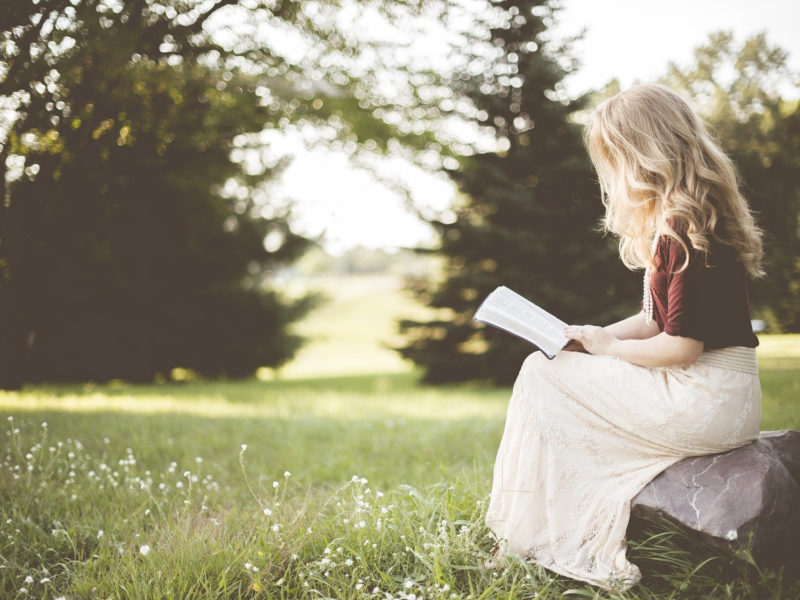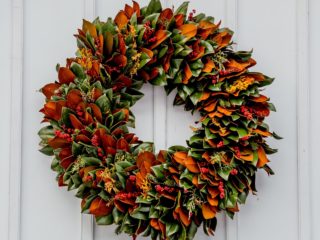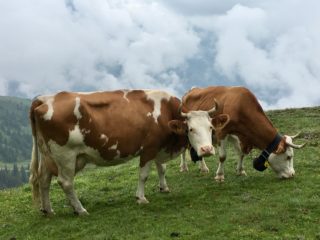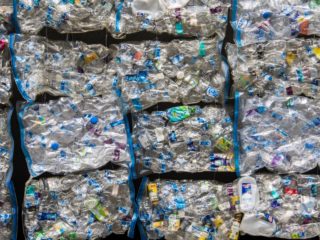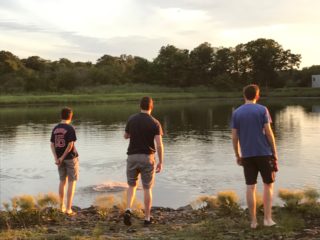While you’re celebrating Mother Earth this Earth Day, consider picking up a green-themed book to read. These ten Earth Day books are guaranteed to inspire and inform. Read one or read them all!
For a complete list of recommended books, visit Green That Life’s Best Environmental Books page.
An Earth Day Classic
Silent Spring, by Rachel Carson

In the introduction of Silent Spring, Carson’s biographer Linda Lear writes, “Carson’s writing initiated a transformation in the relationship between humans and the natural world and stirred an awakening of public environmental consciousness.” The book was named one of the 25 greatest science books of all time by Discover Magazine and has been designated a National Historic Chemical Landmark by the American Chemical Society.
Silent Spring is not only a must-have for your Earth Day books library but is also an essential work for understanding the historical trajectory of environmentalism.
Connecting With Nature
My First Summer in the Sierra, by John Muir

This edition of My First Summer in the Sierra, with 30 illustrations, serves as a stunningly beautiful introduction to Muir’s vast collection of works.
Marion Randall Parsons, an organizer of the John Muir exhibit at the Sierra Club, writes about Muir’s writing: “The beauty and freshness of the mountains are wonderfully reflected in this book, which seems to hold within its pages all the brightness and sunny geniality of a Sierra morning warming towards noon.”
My First Summer in the Sierra is a poetic love letter to the beauty of 19th-century nature, written by a legendary naturalist at the outset of his career.
Climate Change 101
What We Know about Climate Change, by Kerry Emanuel

Emmanuel sticks to the facts of our changing planet, focusing on the rapid transformations that have occurred since the 1970s due to human activity. The updated edition includes the latest climate data, a discussion of the earth’s carbon cycle, the warming hiatus of the first decade of this century, the 2017 hurricanes, advanced energy options, and more.
Emmanuel also addresses the impediments to climate action and progress, calling out climate deniers, politicians, corporations, and the media for trivializing the climate crisis. John Platt at The Revelator writes that What We Know about Climate Change “offers a concise explanation about what’s going on with global warming and how we can turn the tide.”
The Climate Crisis Laid Bare
The Uninhabitable Earth: Life After Warming, by David Wallace-Wells

In his own book description, Wallace-Wells tells us, “It is worse, much worse than you think. If your anxiety about global warming is dominated by fears of sea-level rise, you are barely scratching the surface of what terrors are possible.”
The Uninhabitable Earth outlines global resource wars, economic collapse, and even a pseudo-apocalyptic world that future generations might have to face. This is not a book for the faint of heart, but one that is an essential read to understand the profound challenges we face. Read it and act upon Wallace-Wells’ call to action.
Taking Climate Action
No One Is Too Small to Make a Difference, by Greta Thunberg

Thunberg’s famous quotation, “I don’t want you to be hopeful. I want you to panic. I want you to feel the fear that I feel every day. And then I want you to act,” is characteristic of her “refreshingly—and necessarily—blunt” rhetoric (Kirkus Reviews). She is an impressive symbol for youth-led activism and continues to unnerve those who have ignored her previous calls to climate action.
Climate Solutions
How to Avoid a Climate Disaster: The Solutions We Have and the Breakthroughs We Need, by Bill Gates

Gordon Brown of the Guardian writes that Gates “favors a green new deal, carbon pricing and heightened corporate responsibility. But Gates’s most important proposals involve new technologies.” The Microsoft co-founder acknowledges that he’s not an expert in environmental policies and politics, but thanks to new technology, he professes a glimmer of hope in reaching zero carbon emissions.
Making a (Green) Lifestyle Change
The Conscious Closet: The Revolutionary Guide to Looking Good While Doing Good, by Elizabeth Cline

Cline helps her reader not only make better, on-trend fashion choices but also provides tips for shopping in ways that are both eco- and wallet-friendly. The Conscious Closet is an entertaining and sustainable fashion guide for anyone — from the minimalist looking to splurge to the maximalist looking to maintain those fast fashion prices while staying sustainable.
A Compelling Novel With Environmental Themes
Flight Behavior, by Barbara Kingsolver

Dellarobia Turnbow is a discontented mother and wife living in Appalachia, who, while on her way to beginning an affair, stumbles across millions of monarch butterflies in a valley. Her discovery plummets Turnbow into a competitive world of “religious leaders, climate scientists, environmentalists, politicians,” while simultaneously enlightening the reader to the paramount issues of climate change.
National Public Radio’s review lauds Flight Behavior as a novel that “extols the ecstasy of passionate engagement — with people, ideas and the environment,” and praises its gentle, elegant honesty.
Earth Day Books for Kids: Fiction
The Lorax, by Dr. Seuss

The Once-ler is naively greedy and manages to decimate his natural resources in the course of the story, but The Lorax is ultimately an uplifting tale where a young child regenerates life with a single, simple act. Offering hope to readers young and old, USA Today writes that “The Lorax. . . has been a perennial favorite of kids and parents since it was published in 1971.”
Earth Day Books for Kids: Non-Fiction
One Earth: People of Color Protecting Our Planet, by Anuradha Rao

Kirkus Reviews calls One Earth a “thought-provoking reading for young people figuring out their own contributions. This valuable compilation shows that Earth’s salvation lies in the diversity of its people.” Rao takes readers on a life-affirming journey and introduces us to an array of wildly creative people of all ages. The stories are accompanied by photographs, illustrations, and fun facts. One Earth is a testament to the innovation and power of people to effect transformative change.

